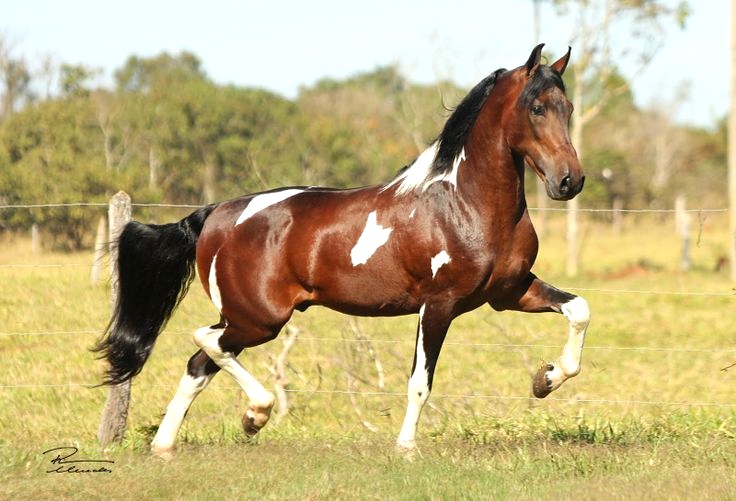The racing industry in Australia is a major contributor to the national economy, with an estimated $2.2 billion in revenue generated each year. However, a less glamorous side of the industry is the question of what happens to retired race horses. With an average of 6,500 horses being retired from racing every year in Australia, the fate of these horses is an important concern. This article will explore the various options available to retired race horses in Australia and how they can be given a second chance at a new life.
Background
Retired race horses have been part of the Australian racing industry for many years. These horses are usually retired from racing due to age, injury, or the inability to compete at a high level. In Australia, the average retirement age of a race horse is 11 years old, although some horses may be retired sooner due to injury or other reasons.
Retirement Options for Race Horses in Australia
Retired race horses in Australia have a variety of options when it comes to their retirement. These options include rehoming, adoption, retirement farms, and more.
Rehoming
Rehoming is the most common option for retired race horses in Australia, with the majority of these horses being rehomed to new owners or families. Rehoming gives these horses a second chance at a new life, allowing them to start a career in a different discipline such as show jumping, eventing, dressage, or even as a pleasure horse.
Adoption
Adoption is another option for retired race horses in Australia, with many organisations offering adoption programs for these horses. These programs are designed to provide a safe and secure home for retired race horses, where they can be cared for and re-homed with loving owners.
Retirement Farms
Retirement farms are another option for retired race horses in Australia, with many farms offering lifelong care for these horses. Retirement farms provide a safe and secure environment for retired race horses to live out their lives, and many of these farms also offer opportunities for the horses to participate in other activities such as therapeutic riding or equine-assisted therapy.
Rescue and Rehabilitation Centres
Rescue and rehabilitation centres are an option for retired race horses in Australia, with many centres offering care and rehabilitation for these horses. These centres provide a safe and secure environment for retired race horses, and can also provide the necessary rehabilitation and training for these horses to transition into a new life.
Rehabilitation
Rehabilitation is an important step for retired race horses in Australia, as it helps them to transition into a new life. Rehabilitation may include physical therapy, schooling, and other activities to help the horse adjust to its new life. Rehabilitation is usually overseen by an experienced equine professional and can take anywhere from a few weeks to several months.
Re-training
Re-training is another important step for retired race horses in Australia, as it helps them to adjust to their new life in a different discipline. Re-training is usually overseen by an experienced equine professional and typically includes schooling, groundwork, and activities such as lunging, flatwork, and jumping.
Retraining for a New Career
Once a retired race horse has been rehabilitated and re-trained, they may be able to find a new career in a different discipline. This could include show jumping, dressage, eventing, or even pleasure riding.
Retraining for Equine-Assisted Therapy
Retired race horses in Australia may also be eligible for retraining for equine-assisted therapy. Equine-assisted therapy is a form of therapy in which horses are used to help people with physical, mental, and emotional issues. This type of therapy is becoming increasingly popular in Australia, and retired race horses are often well-suited for this type of work.
What the Future Holds for Retired Race Horses in Australia
Retired race horses in Australia have a variety of options when it comes to their retirement. Rehoming, adoption, retirement farms, and rehabilitation and re-training programs are all available to retired race horses, giving them a second chance at a new life. However, more needs to be done to ensure these horses are given the best possible retirement.
Conclusion
Retired race horses in Australia have a variety of options when it comes to their retirement. Rehoming, adoption, retirement farms, and rehabilitation and re-training programs are all available to retired race horses, giving them a second chance at a new life. However, more needs to be done to ensure these horses are given the best possible retirement. The future of retired race horses in Australia is looking bright, as more organisations and individuals are becoming aware of the need to provide these horses with the best possible retirement.

